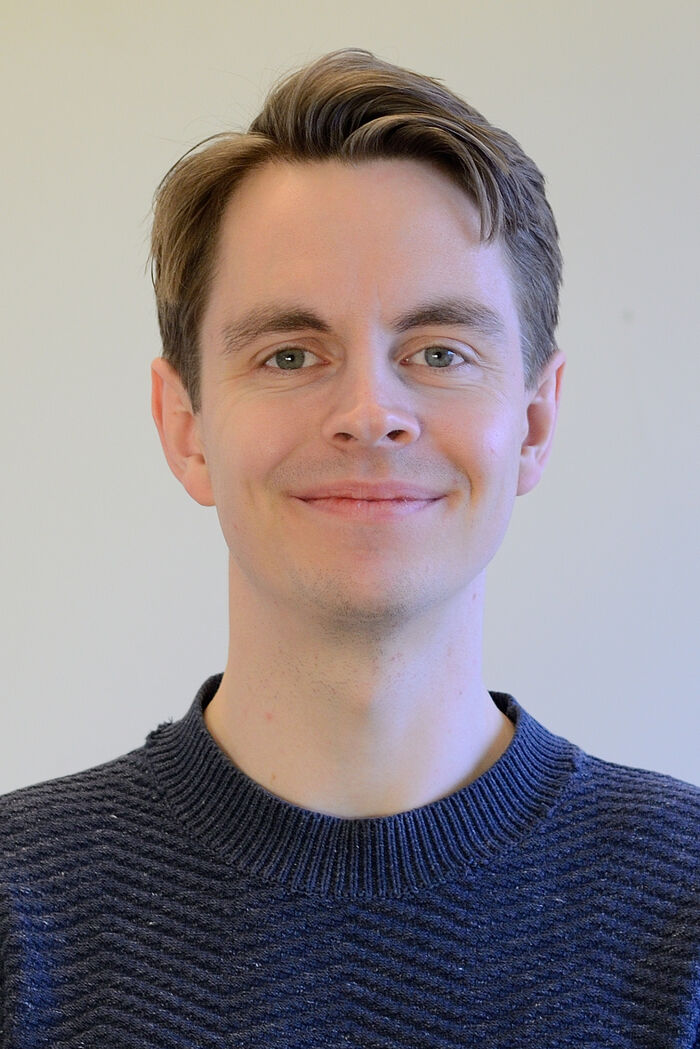Tidligere arrangementer - Side 54
We introduce SMARTboost (boosting of symmetric smooth additive regression trees), a machine learning model capable of fitting complex functions in high dimensions, yet designed for good performance in small n and low signal-to-noise environments. SMARTboost inherits many of the qualities that have made boosted trees the most widely used machine learning tool for tabular data; it automatically adjusts model complexity, handles continuous and discrete features, can capture nonlinear functions in high dimensions without overfitting, performs variable selection, and can handle highly non-Gaussian features. The combination of smooth symmetric trees and of carefully designed Bayesian priors gives SMARTboost an edge (in comparison with a state-of-the-art tool like XGBoost) in most settings with continuous and mixed discrete-continuous features. Unlike other tree-based methods, it can also compute marginal effects.
This talk is part of the Mechanics Lunch Seminar series. Bring-your-own-lunch and lots of questions.
Professor Justin William Wells, the Semiconductor physics section, UiO
NCMM Associate Investigator, Professor Karl Johan Malmberg, Group Leader of the Malmberg Lab at Oslo University Hospital will present his research as part of the NCMM Tuesday Seminar Series.
Johannes R?sok Eskilt, phd fellow at Institute of Theoretical Astrophysics, UiO.
By Andy Foote from NTNU, Norway
Abstract: This talk is about the non-integer (fractional) derivative, its mathematical formulation by Abel in 1823, and present-day applications in modeling power-law behavior. These applications are in acoustics of complex media like tissue and sediments as well as in rheology, turbulence, and dielectrics. It will build on my book “Waves with Power-Law Attenuation”, Springer, 2019.
The talk will be streamed online. Please contact "timokoch at uio.no" for the Zoom link. This talk is part of the Mechanics Lunch Seminar series. Bring-your-own-lunch and lots of questions.
Duncan Watts, postdoctoral fellow at Institute of Theoretical Astrophysics, UiO.
Birgitte Stougaard Pedersen, Associate Professor at Aarhus University, will speak at RITMO's Seminar Series.
National coordinator for EATRIS, Anita Kavlie, will present as part of the NCMM Tuesday Seminar Series.
C*-algebra seminar talk by Johannes Christensen (KU Leuven)
Abstract: Gravitational settling of a droplet in air onto a soft substrate is a ubiquitous event relevant to many natural processes and engineering applications. We study this phenomenon by developing a three-phase lubrication model of droplet settling onto a solid substrate coated by a thin, soft compressible layer of elastic material. By combining scaling analysis, analytical methods and numerical simulations we elucidate how the resulting droplet dynamics is affected by the soft layer. We discuss extensions to droplet settlings onto thin viscous liquid films and elastic sheets. Our results provide new insight into the coupled interactions between droplets and solids coated by a thin film of a soft material.
Talk can be followed online on Zoom as well as in person. Please contact "timokoch at uio.no" for the Zoom link. This talk is part of the Mechanics Lunch Seminar series. Bring-your-own-lunch and lots of questions.
Mathew Galloway, Institute of Theoretical Astrophysics, University of Oslo.
China’s main foreign policy initiatives are not directed at the West but prioritise south-south relations. In this seminar, we will learn more about China’s orientation towards developing countries and the meaning of the concept of a ‘more democratic world order’ for the Chinese Communist Party.
Kriser r?sker opp i systemer og utl?ser nyskapning. Hvor god er v?r kriseh?ndtering? Hva skal til for at vi blir bedre? Overlever strategiene m?tet med virkeligheten?
Lectures by visiting guest researchers Mesele Yihune Tamene, Tilaye Wube Hailemariam, Nega Tassie Abate, and Gashaw Tilahun Desta
The Ports speaker series features Martin Danyluk, assistant professor of geography at the University of Nottingham.










